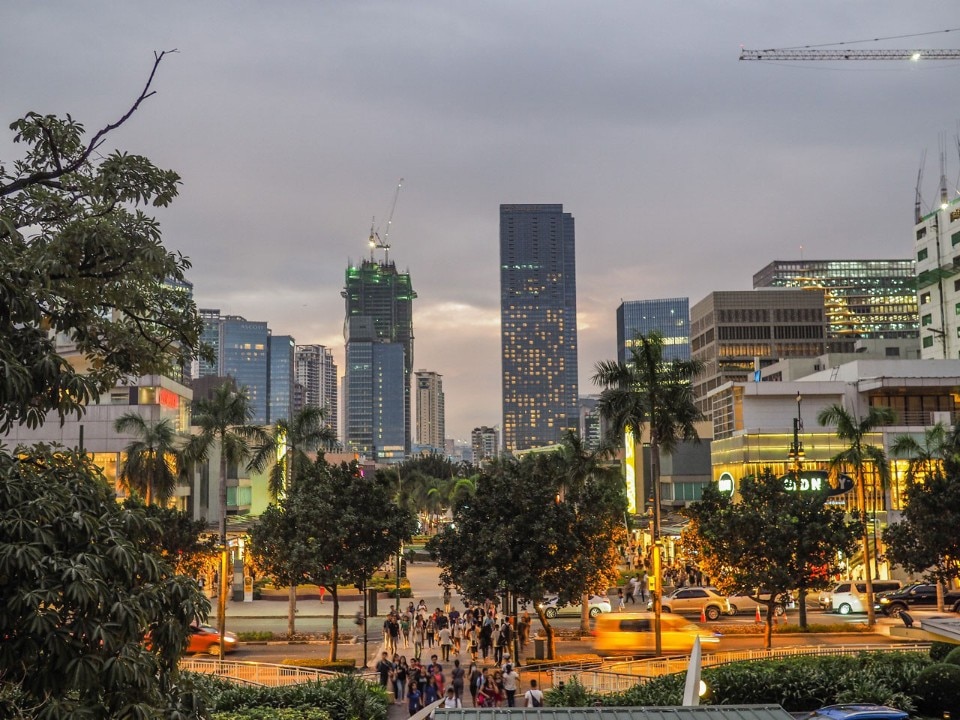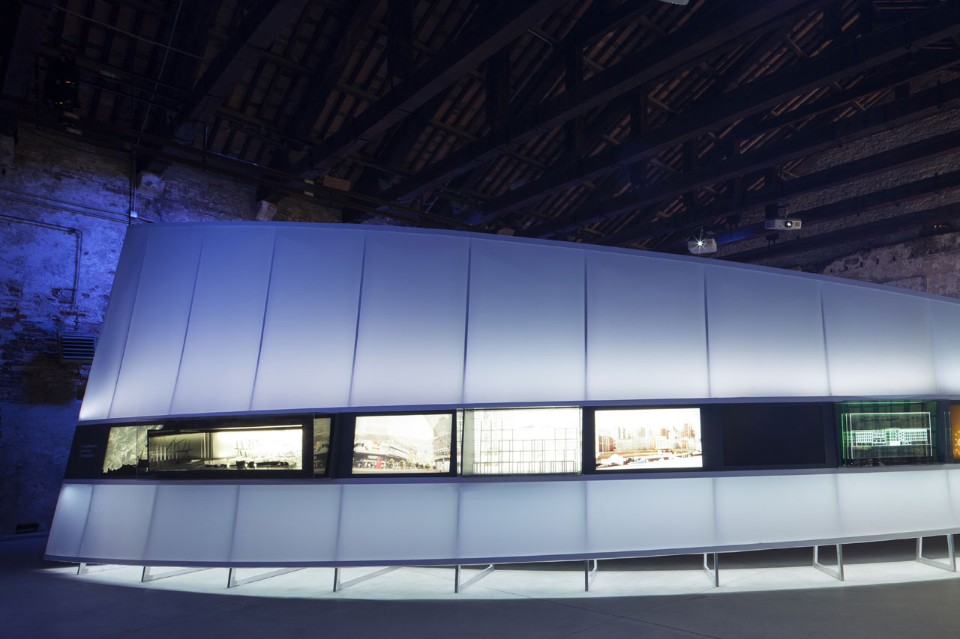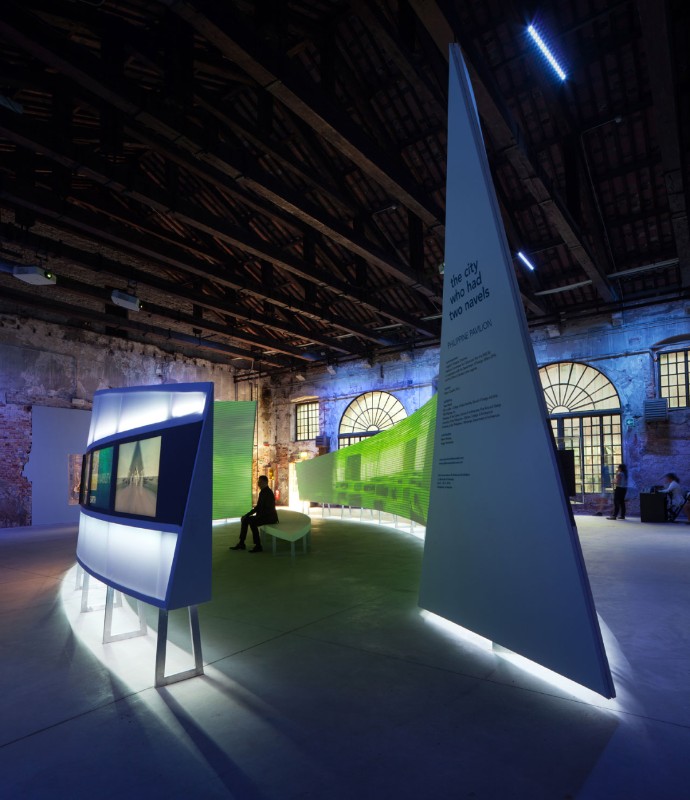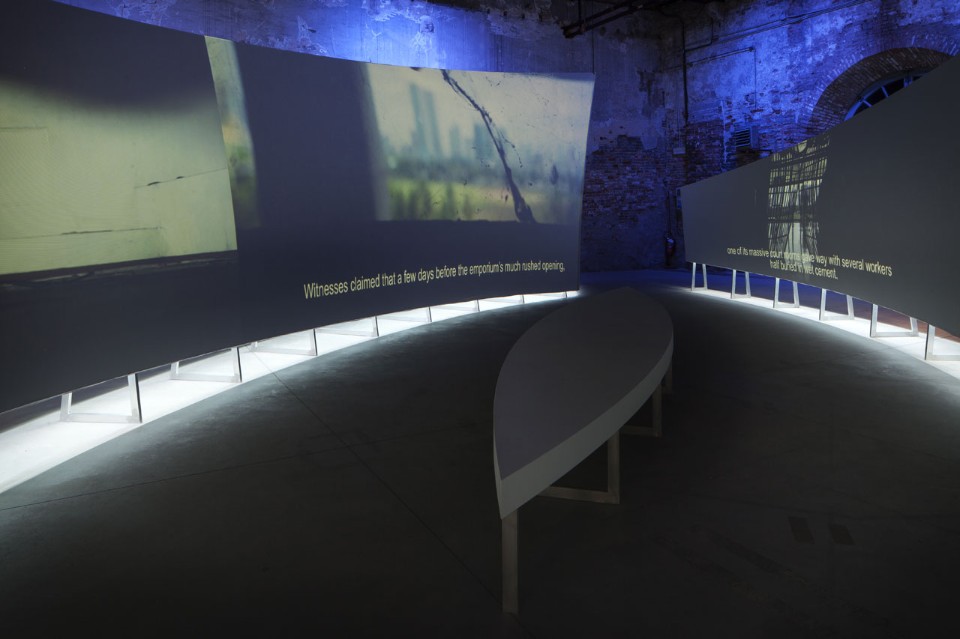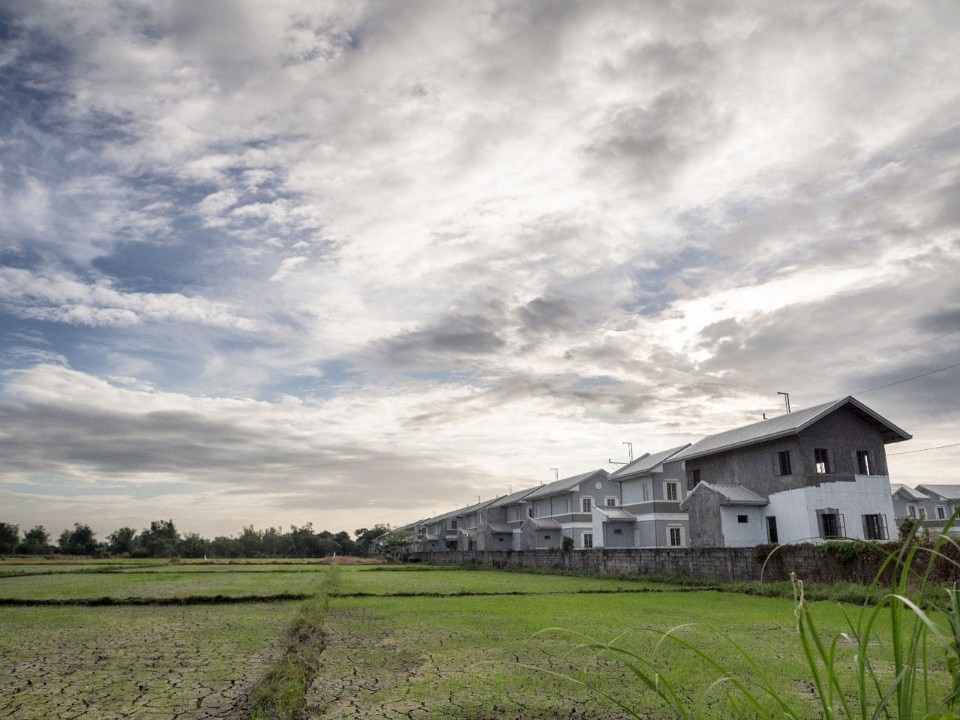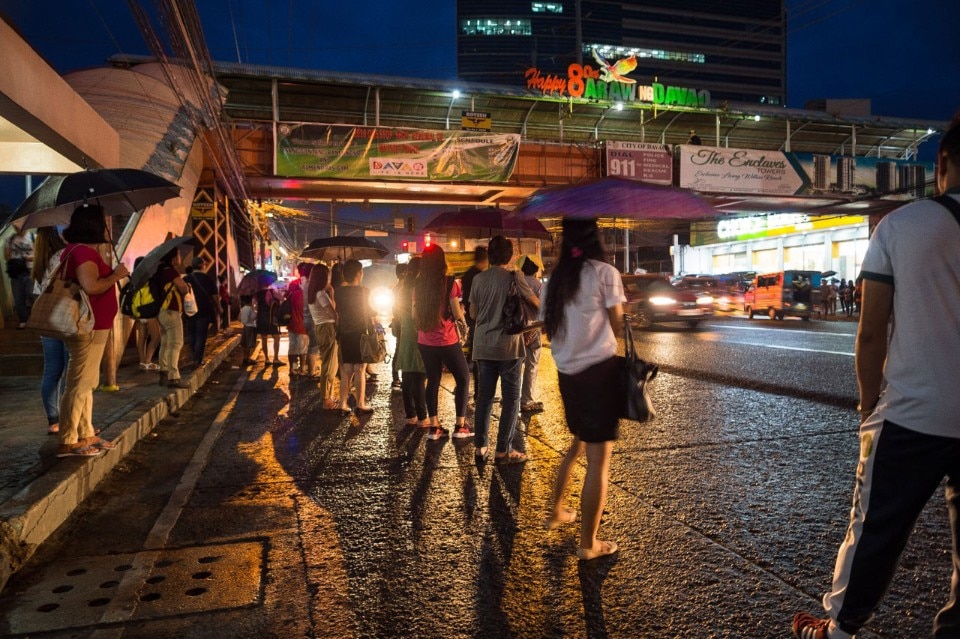The Philippine Pavilion at the Venice Biennale borrows its title to Filipino literature, to address controversial topics on colonialism and architecture. “The city who had two navels” confronts the tension between the vicissitudes of the past and the way this country has been represented worldwide. It also challenges tomorrow’s built environment taking into account the heritage of neoliberalism.
Inspired by Nick Joaquin’s novel The Woman Who Had Two Navels, published in 1961, the Pavilion highlights two fundamental concepts: how colonialism impacts the formation of the built environment, and how the process of neoliberalization alters the urban landscape. The pavilion, located at the Arsenale, is represented by two curved walls hosting videos, projects, models and historical documents addressing three main topics: Can we truly escape the colonial? Is neoliberalism a new form of colonialism? How to heal the post-colonial anxiety.
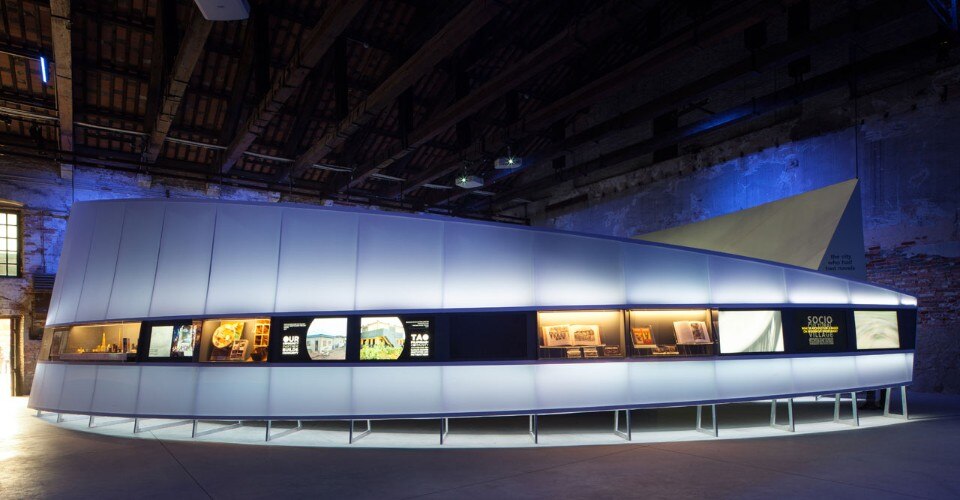
Can we truly escape the colonial? The first Navel focuses on how to represent a nation in an international Biennale, keeping in mind that while the exposition is temporary, the imagery and narratives it produces are permanent. It is a critical analysis on how the country has been depicted in major expositions and world’s fairs from 1887 to 1998 – with colonial narratives of the exotic and the primitive: attempts to construct a national identity through architectural displays.
Is neoliberalism a new form of colonialism? Focusing on the three major cities of Manila, Cebu, Davao, the second navel analyses the urban layers and the social impact of a neoliberal agenda. Cities are placed in a hierarchy based on their ability to compete for capital, following principles of privatization, deregulation, free market, and minimal state intervention. Call centres and multi-national Business Process Outsourcing companies as shapers of a new 24-hour urban experience; vehicular traffic movement and infrastructure development, transnational mobility and diaspora of overseas Filipino workers; the rise of mixed-use malls as alternative urban public spaces.
Heal the post-colonial anxiety. At the centre of stage, where the two forces of colonialism and neoliberalism face each other, the Philippine Pavilion invited students and faculty from selected architecture, design and planning programs from around the country to respond to these topics with proposals for the future.
I’m arguing how, not only the Philippines, but also other countries in the world are affected by these forces. I ask whether are there possibilities for us to be able to resist, or embrace them.
“I’m arguing how, not only the Philippines, but also other countries in the world, are affected by these forces,” curator Edson Cabalfin explains. “I ask whether are there possibilities for us to be able to resist, or embrace them. We assembled a think tank consortium composed of four architecture schools based in Manila, Cebu and Dabau, and I challenged the students to come up with responses and future speculations for these cities. We also invited a women-led non-governmental organization made up of architects and planners (Tao-Pilipinas), who facilitate participatory design processes with informal settlers or victims of natural disasters. This organization maybe is the antithesis of neoliberalism because it’s about facilitating the architecture through the community.”
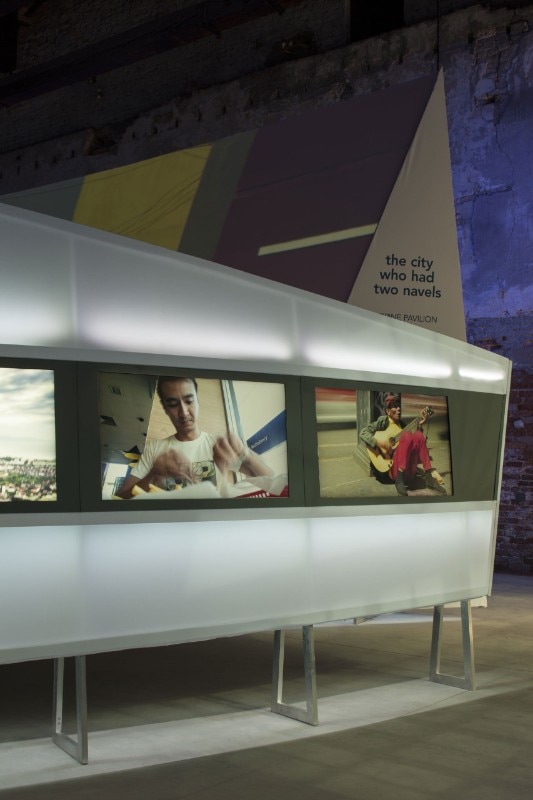
“As for the schools, let’s take for example the one in Cebu. They chose Colon Street – a very old street– and they’re trying to see if it is possible to interconnect the existing buildings in the future, where the area is pedestrianized, with roof-gardens that dominate all over. They don’t want to reject the past, but rather merge it with the way they look at the future, understanding that neoliberalism might be a force that still continues in the future. Another school imagined Manila in four alternate futures: What if Manila was never colonized by Spain? Maybe it would be more of an Islamic country combined with Buddhism, closer to the other South-East Asian nations. What if Spain continued to colonize? Here you see how Barcelona and Madrid might have influenced the city. What if Japan won in WWII and it continued to colonize the Philippines? They imagined a Metabolist city. What if Manila becomes a Las Vegas in 2050? With super-reality and augmented-reality, a city dominated by casinos. Are we ready for this?”
Curator Edson G. Cabalfin is an Associate Professor at the School of Architecture and Interior design of the Univeristy of Cincinnati. At the Biennale he developed topics exploring the relationship between the past and the future, focusing on the built environment as an expression of self-determination and as a setting for global and transnational revolution.
Opening image: Waiting in the Rain – Davao, 2018. Photo Jinggo Montenejo
- Title:
- The city who had two navels
- Pavilion:
- Philippines
- Curator:
- Edson G. Cabalfin
- Universities:
- De La Salle – College of Saint Benilde; University of the Philippines – Mindanao; University of the Philippines – Dilman; University of San Carlos
- ONG:
- Tao-Pilipinas
- Video:
- Yason Banal
- Venue:
- 16. International Architecture Exhibition
- Location:
- Arsenale, Venice Biennale
- Address:
- Campiello Tana, 2169/F, Venice


